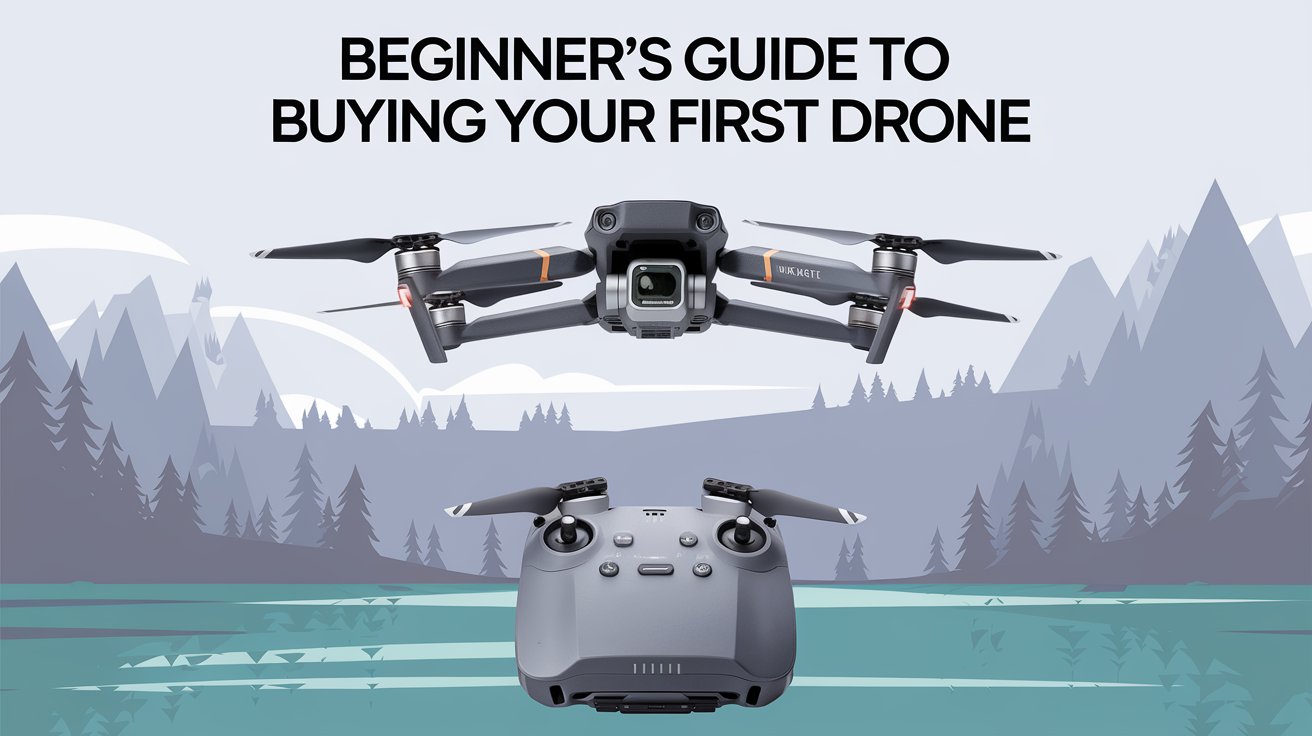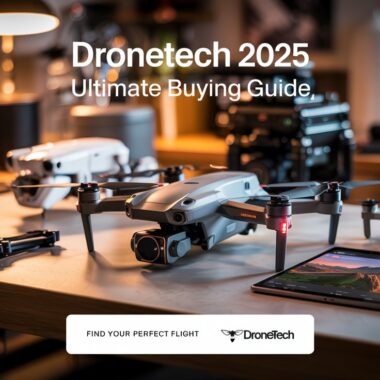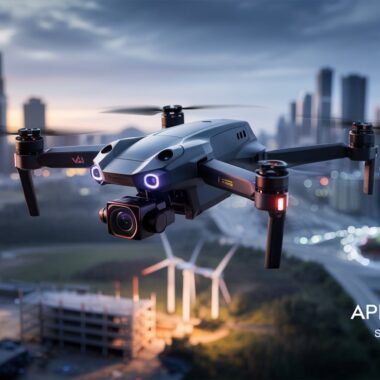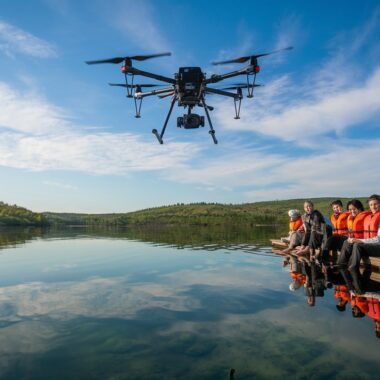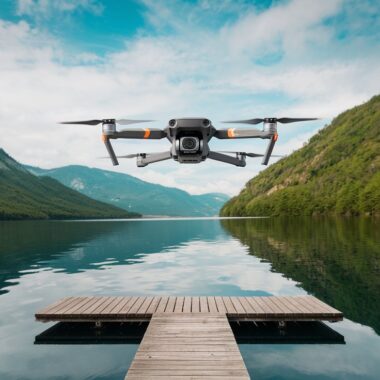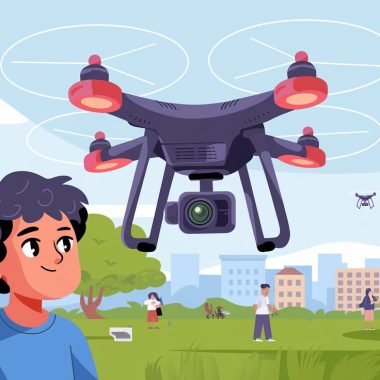Drones have become increasingly popular for photography, videography, and recreational use. If you’re a newcomer to the world of drones, choosing the right one can be a daunting task. This guide will help you navigate through essential considerations like budget, features, regulations, and safety to ensure a smooth start to your drone hobby.
1. Understanding Your Purpose
Before purchasing a drone, determine how you plan to use it. Common purposes include:
- Photography and Videography: Look for drones with high-quality cameras and stabilization features.
- Recreational Flying: Opt for budget-friendly models with basic controls.
- Racing: Choose lightweight and fast drones designed for speed.
Knowing your primary goal will narrow down your choices and save you time.
2. Setting Your Budget
Drones vary widely in price, ranging from $50 to several thousand dollars. Here’s what you can expect:
- Under $100: Beginner-friendly, basic controls, limited features, suitable for practice.
- $100–$500: Mid-range options with decent cameras, GPS functionality, and more advanced controls.
- $500+: Premium drones with professional-grade cameras, long flight times, and advanced features.
Start small if you’re a beginner, and consider upgrading as you gain experience.
3. Key Features to Consider
When selecting a drone, focus on features that match your needs and skill level:
Camera Quality
- Resolution: Look for at least 1080p for casual use; 4K for high-quality footage.
- Gimbal: A stabilizing mechanism to keep videos steady.
Flight Time
- Average drones offer 10–30 minutes per battery charge. Consider models with swappable batteries for extended use.
Control Range
- Basic drones have a range of 100–500 meters; advanced models can exceed 5 kilometers.
Ease of Use
- Beginner Mode: Limits speed and simplifies controls for new pilots.
- GPS & Return-to-Home: Helps your drone navigate and return safely if it loses signal.
Portability
- Foldable designs are convenient for travelers, while fixed models are often more durable.
4. Understanding Drone Regulations
Before flying, familiarize yourself with local regulations to avoid fines or penalties. In the U.S., this includes:
- Registration: Drones over 250 grams must be registered with the FAA.
- No-Fly Zones: Avoid flying near airports, military bases, or crowded areas.
- Altitude Limits: Stay under 400 feet unless explicitly allowed.
- Recreational Use: Pass the FAA’s TRUST test to fly legally.
Other countries have similar rules, so always check local guidelines.
5. Safety Tips for Beginners
Safety is critical when flying a drone. Here are some tips to protect yourself, your drone, and others:
- Start in Open Areas: Practice in wide-open spaces away from people and obstacles.
- Check Weather Conditions: Avoid flying in strong winds or rain.
- Inspect Your Drone: Ensure batteries are fully charged and propellers are secure.
- Follow Manufacturer Guidelines: Each drone is unique; read the manual for specific instructions.
6. Popular Beginner Drone Models
Here are some highly rated drones for beginners:
- DJI Mini 2
- Lightweight, 4K camera, and easy-to-use features.
- Ryze Tello
- Affordable, 720p camera, and excellent for learning basics.
- Holy Stone HS720
- GPS functionality, 2K camera, and stable flight.
Conclusion
Buying your first drone can be an exciting yet overwhelming experience. By understanding your purpose, setting a realistic budget, and focusing on key features, you’ll be better equipped to make an informed choice. Don’t forget to adhere to regulations and prioritize safety as you explore this thrilling hobby. Happy flying!

